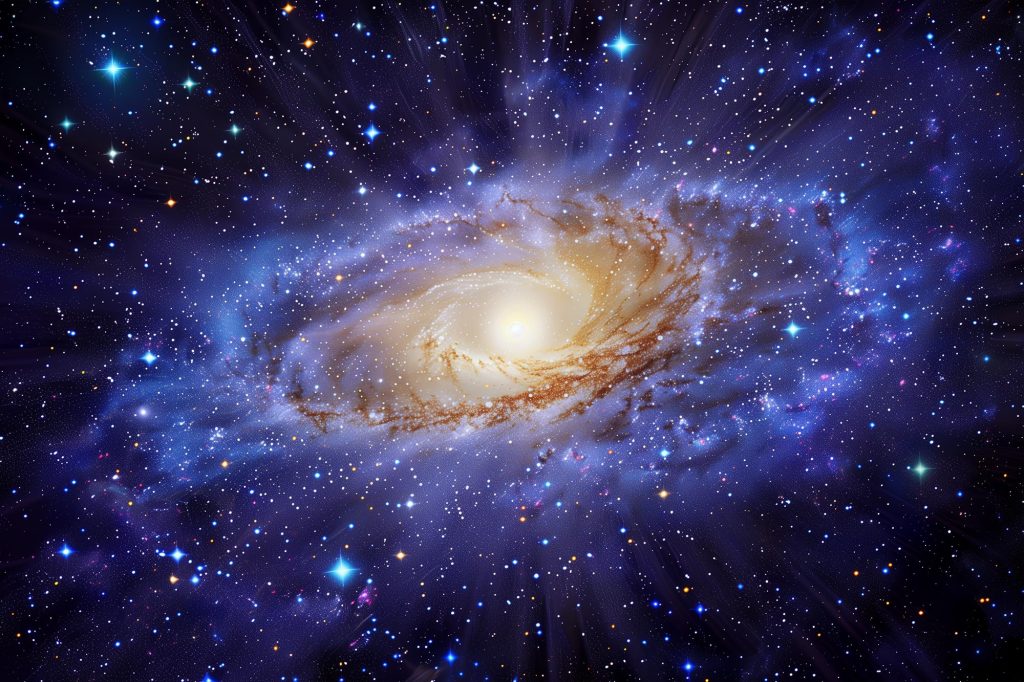
A Kansas State University study using Webb Telescope data found most galaxies in a deep field rotate in the same direction, suggesting possible flaws in current cosmological models or observational biases related to the Milky Way’s motion.
In just over three years since its launch, NASA’s James Webb Space Telescope has delivered groundbreaking insights into the distant universe. Now, a new study from Kansas State University reveals one of the simplest and most puzzling observations of the deep universe yet.
Using data from the James Webb Space Telescope Advanced Deep Extragalactic Survey (JADES), Lior Shamir, associate professor of computer science in the Carl R. Ice College of Engineering, discovered a surprising pattern: the majority of observed galaxies appear to rotate in the same direction. Of the 263 galaxies in the JADES field with clearly identifiable rotation, about two-thirds rotate clockwise, while only one-third rotate counterclockwise.
The study, published in the Monthly Notices of the Royal Astronomical Society, raises intriguing questions about the large-scale structure and symmetry of the universe.

“The analysis of the galaxies was done by quantitative analysis of their shapes, but the difference is so obvious that any person looking at the image can see it,” Shamir said. “There is no need for special skills or knowledge to see that the numbers are different. With the power of the James Webb Space Telescope, anyone can see it.”
In a random universe, the number of galaxies that rotate in one direction should be roughly the same as the number of galaxies that rotate in the other direction. The fact that the James Webb Space Telescope shows that most galaxies rotate in the same direction is therefore unexpected.
Challenging Existing Cosmological Models
“It is still not clear what causes this to happen, but there are two primary possible explanations,” Shamir said. “One explanation is that the universe was born rotating. That explanation agrees with theories such as black hole cosmology, which postulates that the entire universe is the interior of a black hole. But if the universe was indeed born rotating it means that the existing theories about the cosmos are incomplete.”

The Earth also rotates around the center of the Milky Way galaxy, and because of the Doppler shift effect, researchers expect that light coming from galaxies rotating the opposite of the Earth’s rotation is generally brighter because of the effect.
That could be another explanation for why such galaxies are overrepresented in the telescope observations, Shamir said. Astronomers may need to reconsider the effect of the Milky Way’s rotational velocity — which had traditionally been considered to be too slow and negligible in comparison to other galaxies — on their measurements.
“If that is indeed the case, we will need to re-calibrate our distance measurements for the deep universe,” he said. “The re-calibration of distance measurements can also explain several other unsolved questions in cosmology such as the differences in the expansion rates of the universe and the large galaxies that according to the existing distance measurements are expected to be older than the universe itself.”
DOI: 10.1093/mnras/staf292








